单细胞测序的英文翻译怎么写(单细胞测序技术应用)
Single-cell sequencing has revolutionized the field of genomics and molecular biology by enabling researchers to analyze the genetic and epigenetic information of individual cells. In this article, we delve into the English translation of the term "single-cell sequencing," its significance, and how it has impacted our understanding of cellular biology.
**Title: Understanding Single-Cell Sequencing: Its English Translation and Significance**
**Content:**
The term "single-cell sequencing" is a direct translation from Chinese to English. It refers to a powerful technology that allows scientists to sequence the genome, transcriptome, or epigenome of a single cell. Here's a breakdown of the English translation:
- **Single**: This term indicates that the process is focused on one cell at a time, as opposed to bulk or population-level analysis.
ns all the necessary components for an organism to function.
- **Sequencing**: This term denotes the process of determining the order of nucleotides (A, C, G, and T) in a DNA or RNA molecule.
led insights into the heterogeneity of cellular populations. Here are some key points about its impact:
1. **Cellular Heterogeneity**: Single-cell sequencing reveals that cells within a tissue or organ are not identical, but rather exhibit distinct genetic and epigenetic profiles. This has implications for understanding diseases like cancer, where cellular heterogeneity contributes to tumor growth and resistance to therapy.
2. **Developmental Biology**: By analyzing single cells during development, researchers can track the fate of individual cells and understand how they differentiate into various cell types.
3. **Disease Research**: Single-cell sequencing has been instrumental in unraveling the genetic and epigenetic basis of various diseases, including neurological disorders, cardiovascular diseases, and infectious diseases.
lored to the unique characteristics of a patient's cells.
5. **Technological Advancements**: The development of single-cell sequencing has spurred the creation of new technologies, such as droplet digital PCR (ddPCR) and spatial transcriptomics, which further enhance our understanding of cellular complexity.
In conclusion, "single-cell sequencing" is a term that encapsulates a groundbreaking technique in molecular biology. Its English translation and the insights it provides are reshaping our understanding of cell biology and have far-reaching implications for medical research and clinical applications.


 English
English

